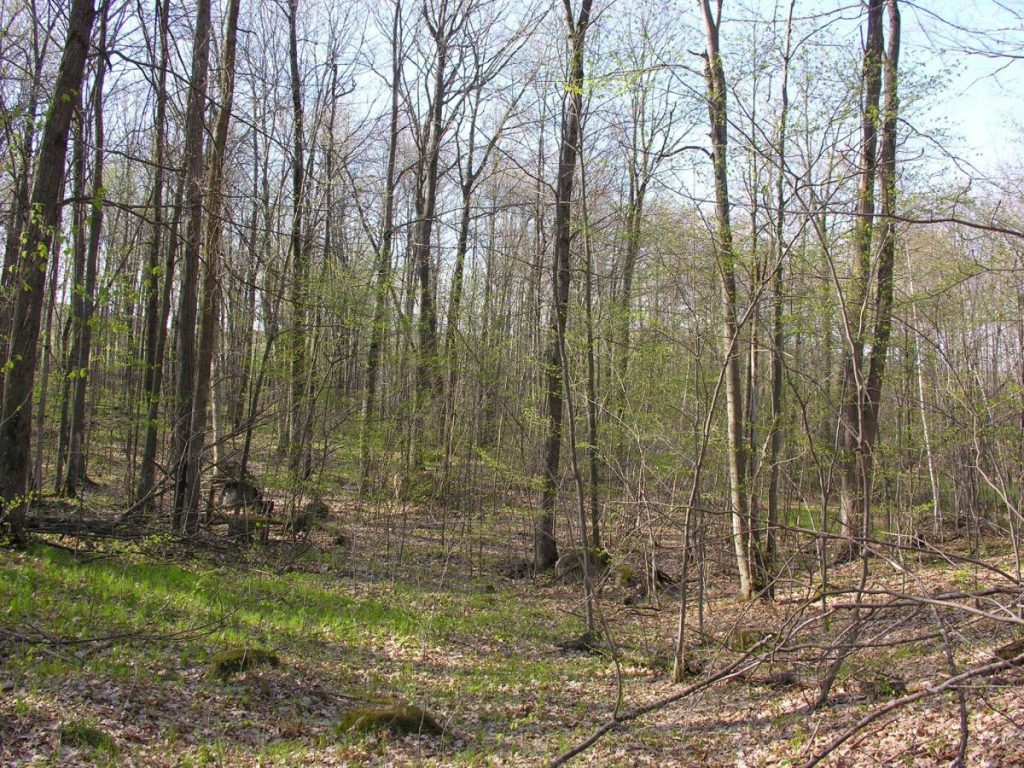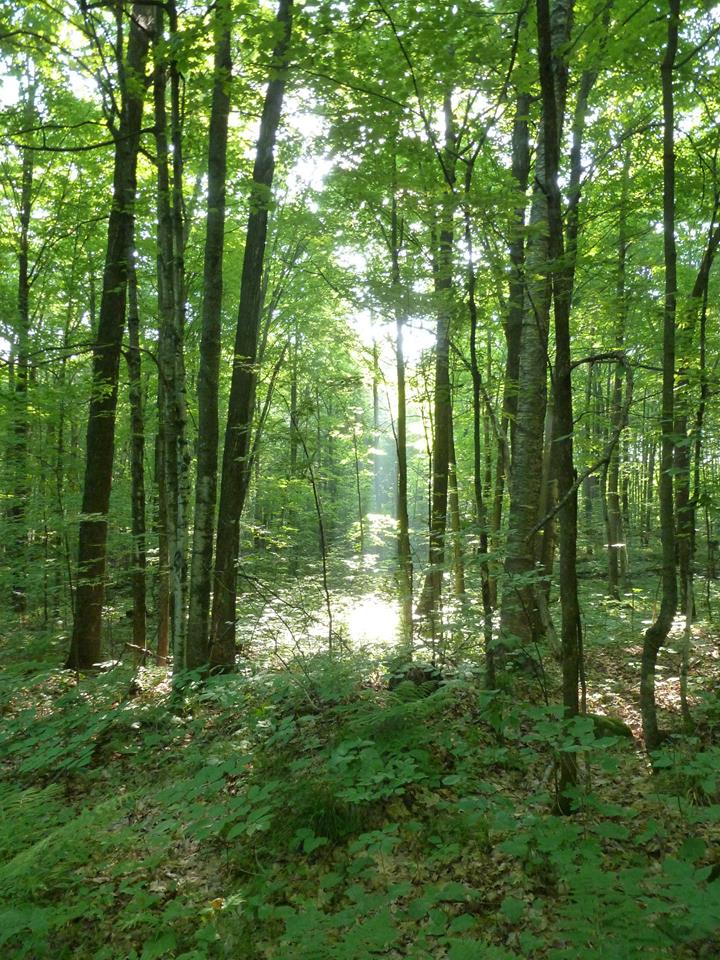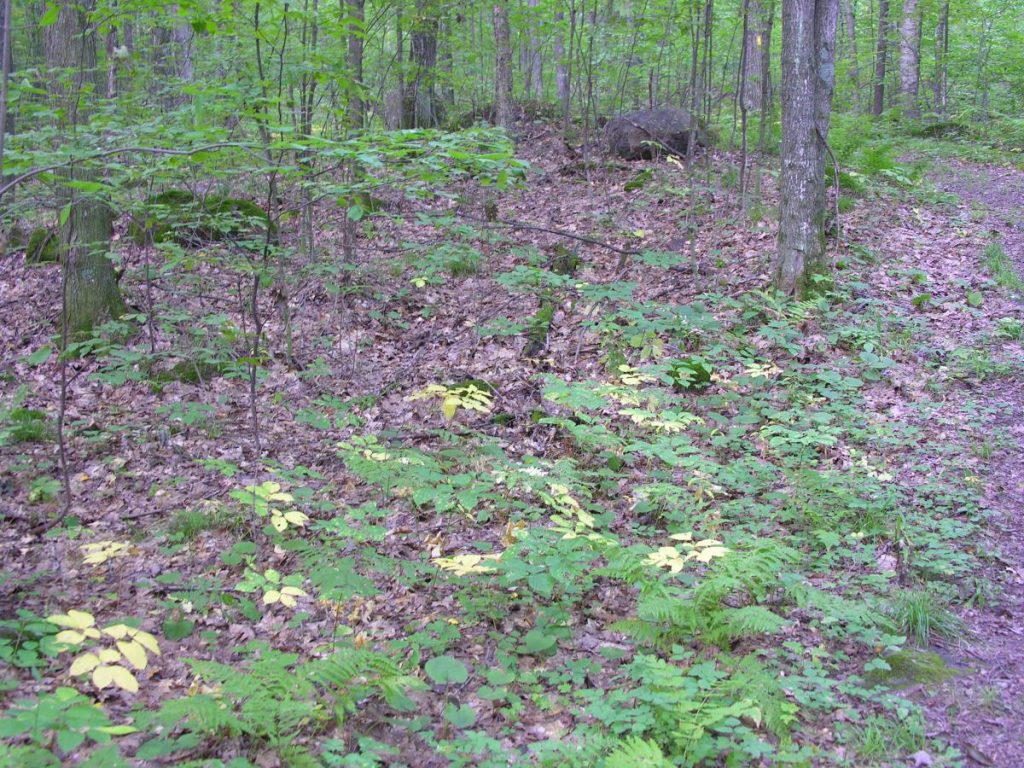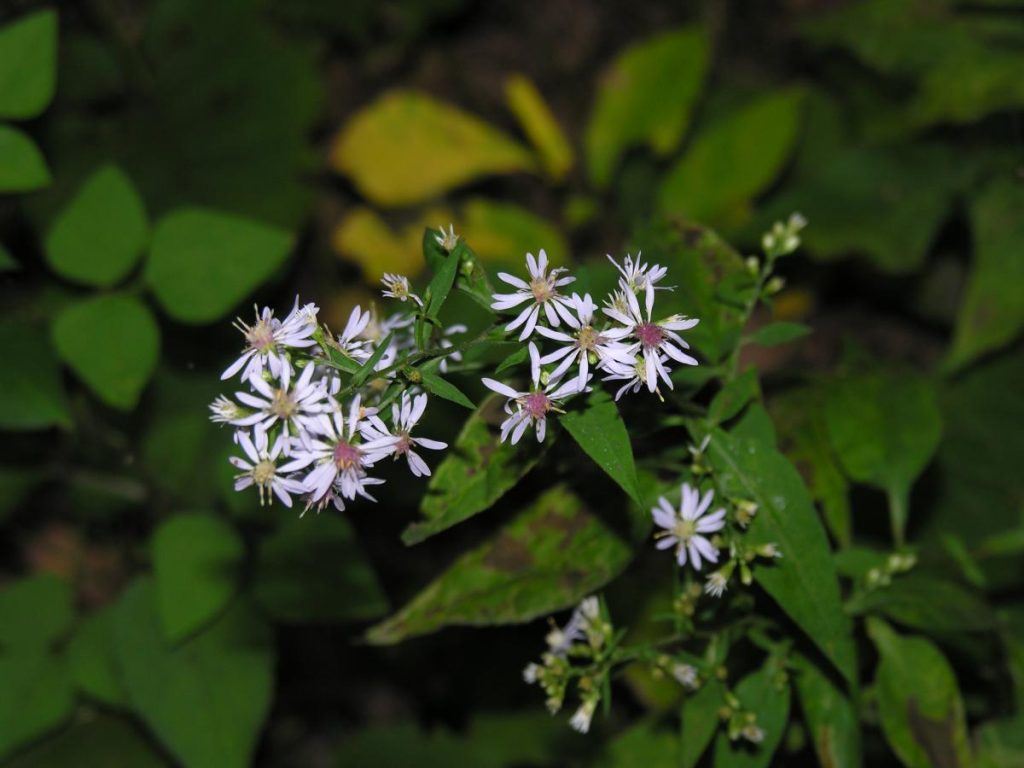This past spring I decided to start a new project, which I’ve chronicled on our Facebook page . On the first of the month, I pack up the dog and camera, and head out to the woods to get photos of whatever is growing at that time of the year. It was such a nice relief to get out there in the spring and see the new green popping out everywhere. I was less excited when the hike turned into a sprint to escape the hordes of mosquitos. As we move on the in the seasons, I hope to catch the fall colors and the start of winter. Admittedly, this is a great excuse to get out of the office for a few hours to go “work in the woods”, but it is much more than that.


The main reason you may want to take photos of, or journal about, your property is to track changes over time. What occurrences are you seeing in your woods between Jan 1 and Dec 31? The first bluebirds might arrive in February. Gooseberry blooms in mid-April. Start looking for that pesky purple loosestrife in June. Black bear begin to den in late October.
What changes are you seeing based on management decisions you may have made? Since adding the nest boxes, and planting cedar, dogwood and mountain ash, have you seen more bluebirds on your property? Is there wildlife coming to your gooseberry? If you have been controlling purple loosestrife with beetles, are you seeing fewer plants? Did you leave some large logs on the ground (for wildlife habitat & food) after your last timber sale, and did you see more signs of wildlife as a result?

What changes are you seeing from year to year? Are the bluebirds arriving earlier or later each year? Are the gooseberry producing at a different time? Is the loosestrife blooming at the same time each year? Are you seeing different trees sprouting in the understory than you see in the canopy?
This section is presented in the form of a brief description of the research done. The approximate volume of the conclusion is up to 10% of the total number of pages of the abstract.
What should be indicated in the conclusion?
A brief description of the work performed for 500 word essay, the results obtained.
Placing an emphasis on achieving the goal / objectives specified in the introduction. It is recommended to arrange the text so that each task posed corresponds to the obtained solution.
Summing up the results of the research done.
If you want to dig into these changes a little deeper, we’ll be exploring the concept of phenology in some blog posts over the next year. Phenology is nature’s calendar, and you can participate by tracking nature’s changes over time. Various interactions in nature are not accidental; they are a result of adaptations. Insects hatched when their favored leaves became available, bee activity increased at the same time as peak apple blooms, birds migrated to reach their summer home when their insect supply was increasing. How does this apply to your woods? We can observe these interactions, and have a record of whether things change.


As we explore phenology further over the coming year, start to record what you are seeing. If you don’t like the idea of writing everything down, pull out your phone (camera) and snap a few pictures instead. We’ve mentioned this site before, and it is a good option; you can record your observations at My Land Plan . Aldo Leopold has some phenology resources on their website that can give you some ideas of what types of things to look for in your woods, if you need a place to start for ideas. Otherwise, just take pictures of what interests you most about your woods. We’ll check back in November with more information and what to be looking for in the winter.
